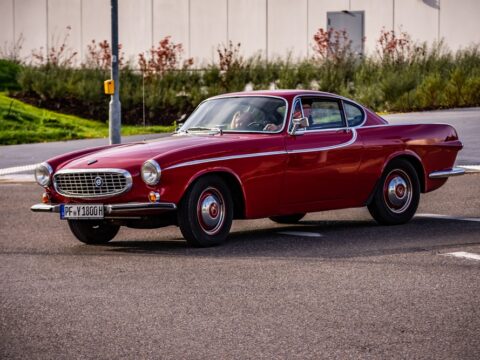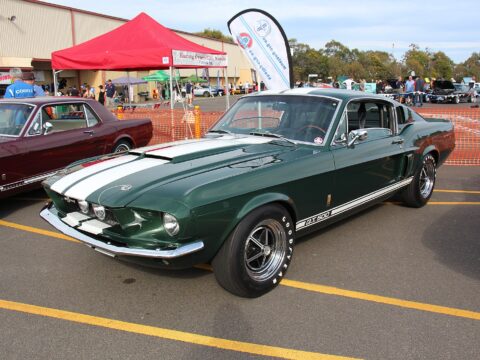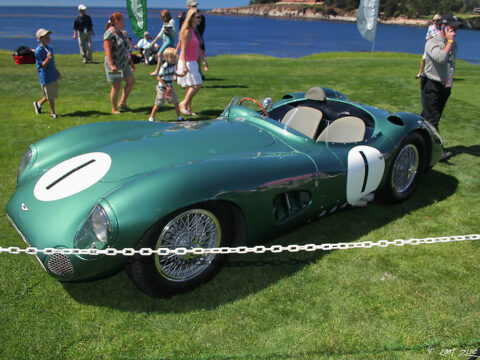The Black Hawk helicopter, an iconic symbol of military strength and innovation, has long been a critical asset in various operations around the globe. Known for its versatility and durability, it has been pivotal in everything from combat missions to humanitarian aid. However, beyond its well-documented role in major conflicts, the Black Hawk harbors a wealth of lesser-known stories and features that highlight its remarkable journey in aviation history.
Exploring these hidden facets uncovers a deeper appreciation for the Black Hawk’s impact and evolution. From its advanced stealth capabilities and diverse mission-specific variants to surprising historical incidents and unique technological advancements, the Black Hawk’s legacy is rich with intriguing details. These lesser-known facts shed light on the helicopter’s multifaceted contributions and the ongoing innovations that ensure its place as a staple in military aviation.
Contents
Black Hawk Down
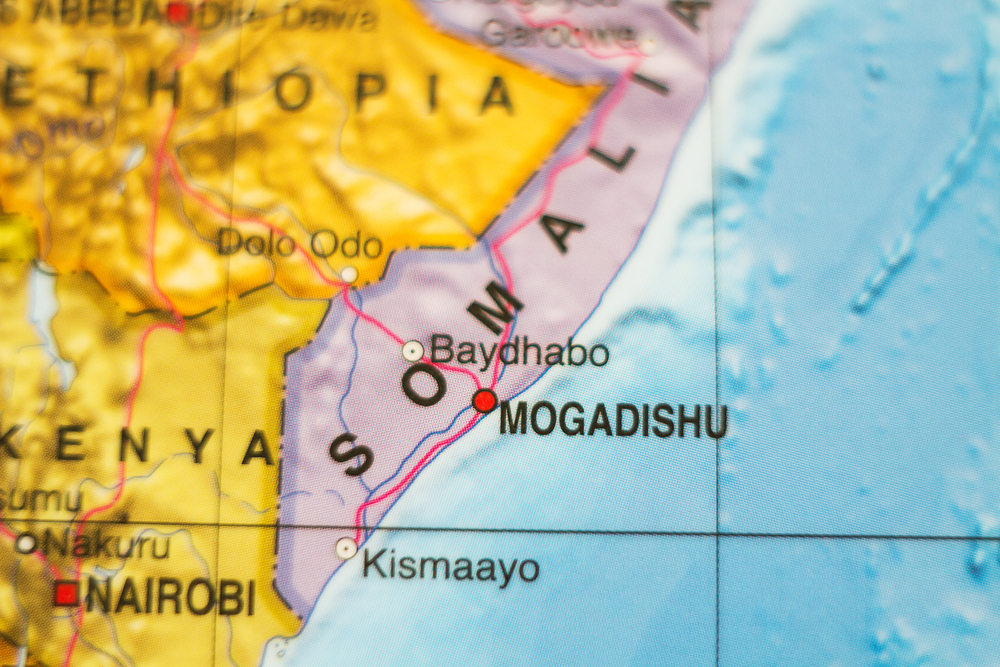
The Black Hawk helicopter gained significant public attention following the 1993 Battle of Mogadishu, famously known as “Black Hawk Down.” Two Black Hawks were shot down during this operation, leading to a prolonged and intense firefight. The incident highlighted both the strengths and vulnerabilities of the helicopter, showcasing its role in modern warfare and the complex urban environments where it operates. The event also underscored the importance of air support and the risks involved in military interventions.
Armament

The UH-60 Black Hawk is not just a transport helicopter; it’s heavily armed for combat support. It can be equipped with a variety of weapons, including M134 Miniguns, Hydra 70 rocket pods, and Hellfire missiles. This versatility allows it to perform multiple roles, from troop transport to close air support, making it a critical asset in both offensive and defensive operations. Its armament capability has been a decisive factor in various conflicts, providing ground troops with essential firepower from the air.
Global Reach

The Black Hawk helicopter is used by over 28 countries worldwide, making it one of the most globally deployed helicopters. Its adaptability to different terrains and climates has made it a favorite for international military forces. From Arctic conditions to desert warfare, the Black Hawk has proven its reliability and performance. This global reach has cemented its reputation as a versatile and dependable aircraft, capable of meeting diverse military needs around the world.
Defecting Iraqi Pilot
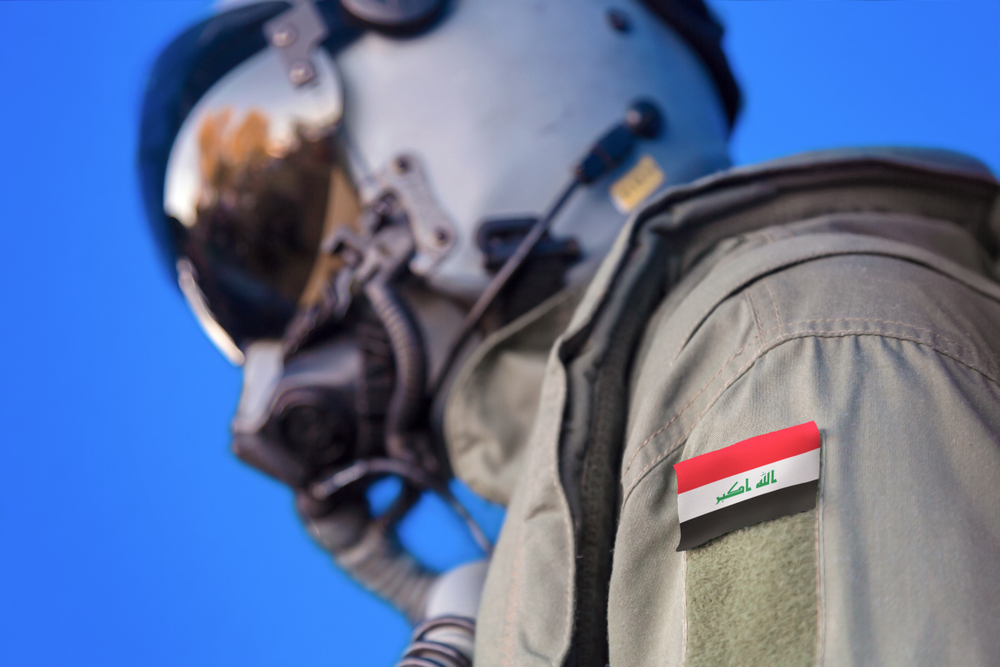
In a dramatic event in 1991, an Iraqi pilot defected to Greece with a Black Hawk helicopter. This incident underscored the Black Hawk’s desirability and advanced capabilities, even to enemy forces. The pilot’s successful escape highlighted the helicopter’s range and reliability, as well as its potential to be used in unexpected ways. This defection incident added a unique chapter to the Black Hawk’s history, demonstrating its appeal beyond the U.S. military.
Black Hawk Origins
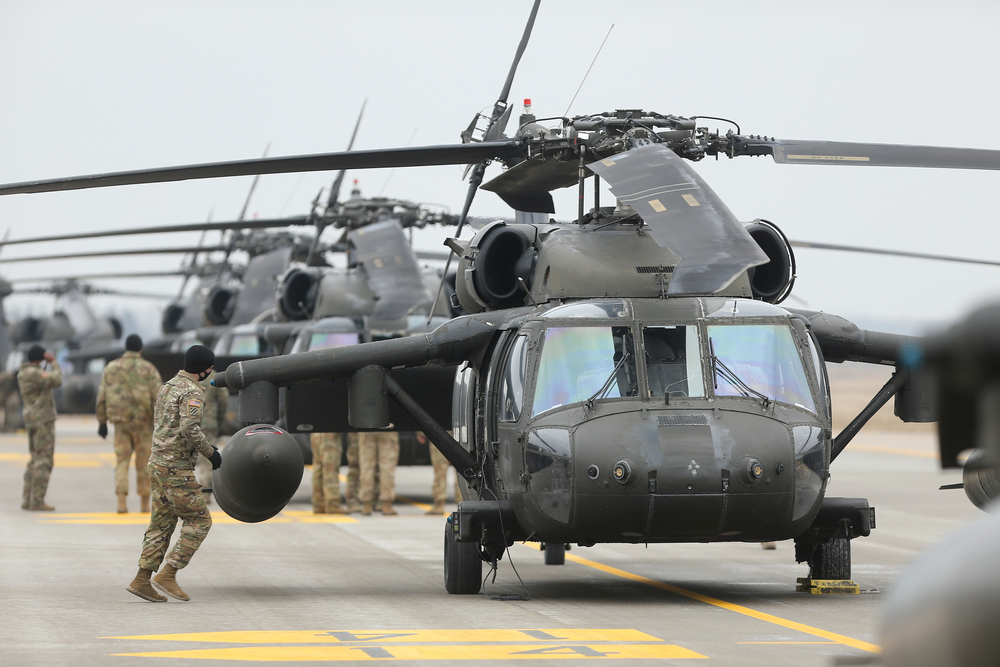
The Black Hawk was developed by Sikorsky Aircraft in the 1970s to replace the UH-1 Iroquois as the U.S. Army’s primary tactical transport helicopter. Introduced in 1979, it was designed to meet the demanding requirements of modern warfare, including increased speed, range, and survivability. Its development marked a significant advancement in helicopter technology, setting new standards for performance and versatility. The Black Hawk’s origins are rooted in a need for a more robust and capable helicopter to support diverse military operations.
Stealth Features
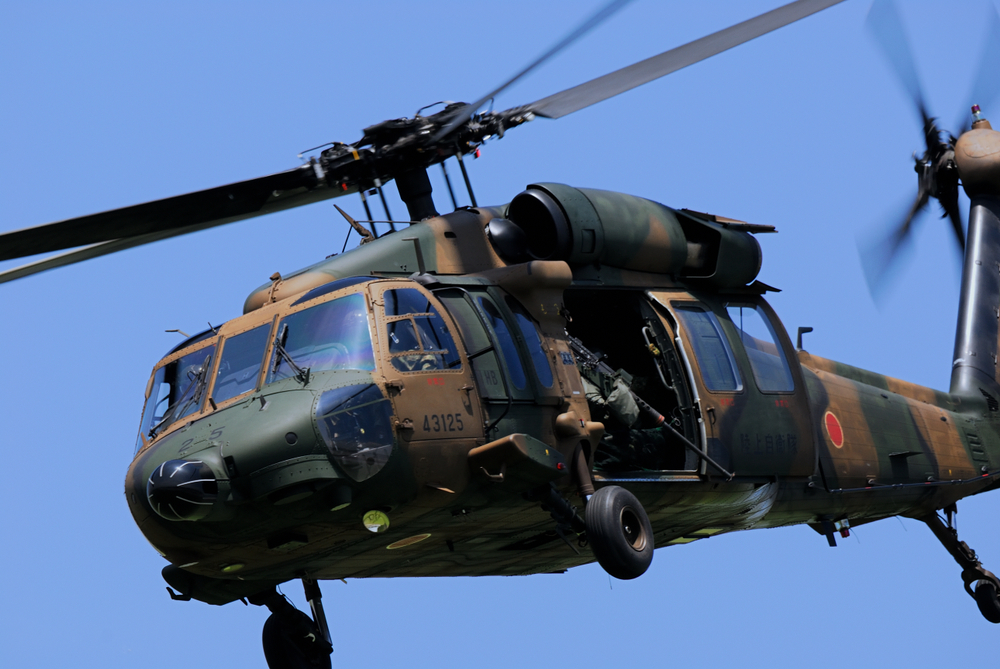
Some variants of the Black Hawk helicopter have been modified with stealth technology to reduce their radar and infrared signatures. These modifications include special coatings and materials, as well as design changes to minimize detectability. The stealth capabilities were notably used in the 2011 raid on Osama bin Laden‘s compound, where a modified Black Hawk played a crucial role. This aspect of the Black Hawk’s design highlights its adaptability and the ongoing efforts to enhance its survivability in high-risk missions.
UH-60 Black Hawk Variants
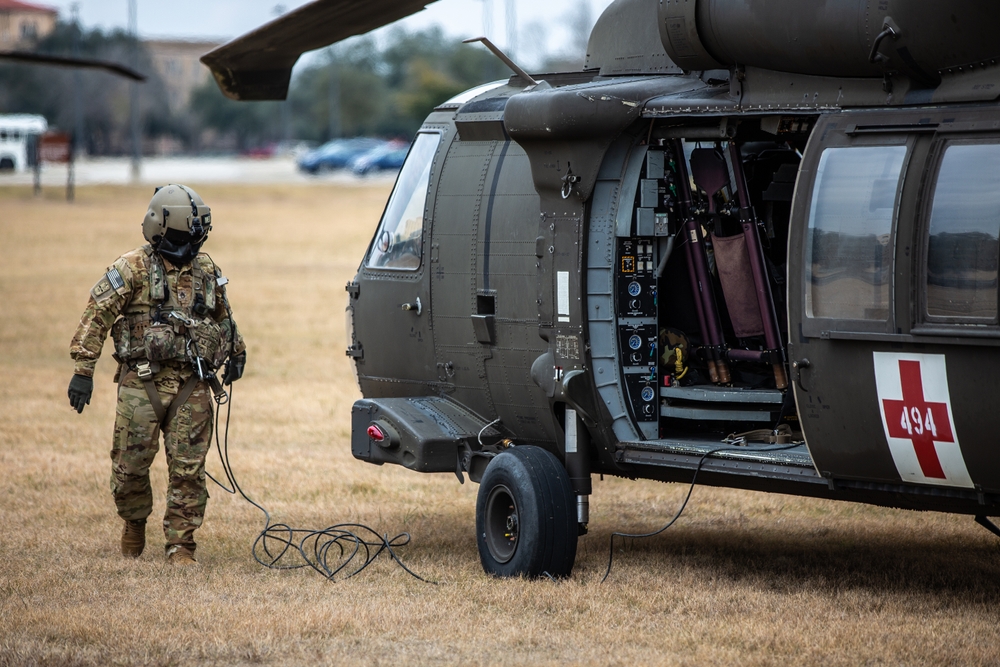
The UH-60 Black Hawk has numerous variants tailored for specific missions, including medical evacuation (MEDEVAC), electronic warfare, and special operations. Each variant is equipped with specialized systems and equipment to meet the unique requirements of different missions. For example, the UH-60M is an upgraded version with advanced avionics and engines, improving performance and reliability. These variants underscore the Black Hawk’s flexibility and its ability to evolve with changing military needs.
Durability and Survivability
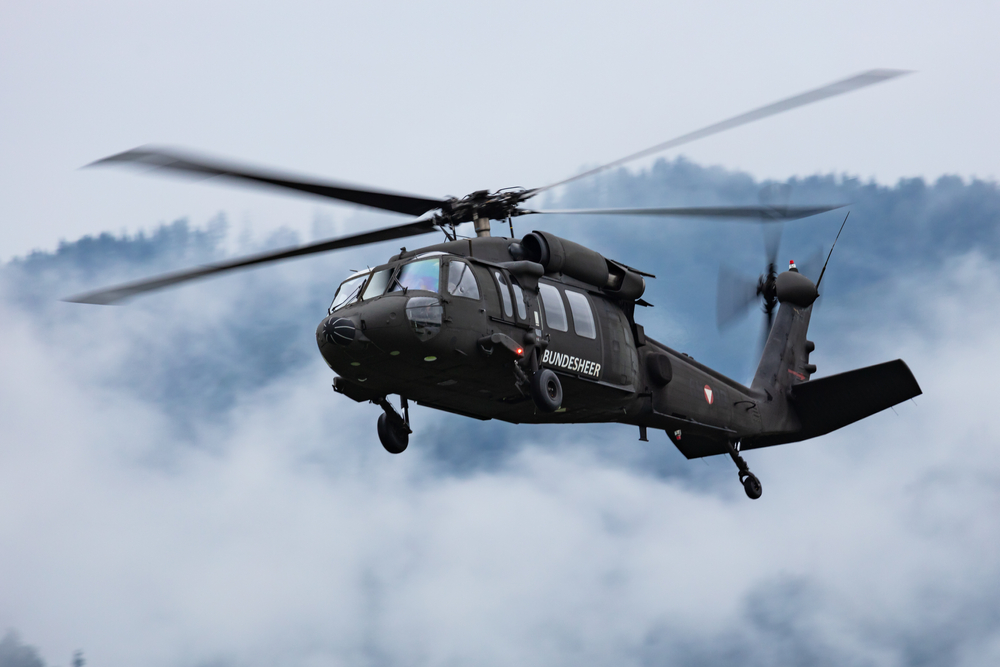
The Black Hawk is renowned for its durability and ability to withstand damage. Its robust design includes redundant systems and armor plating to protect both the aircraft and its occupants. This survivability has been tested in numerous combat situations, where Black Hawks have returned safely despite sustaining significant damage. This resilience is a key factor in the helicopter’s continued use and trust by military forces worldwide.
Multirole Capabilities
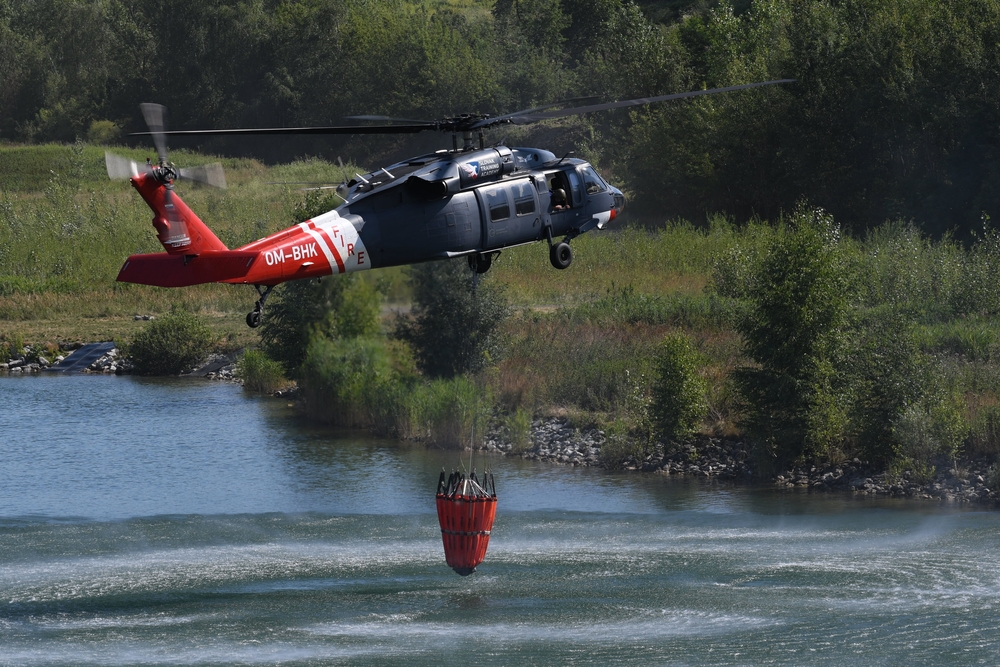
Beyond its combat role, the Black Hawk is used for a variety of non-combat missions, including disaster relief, search and rescue, and firefighting. Its ability to be quickly reconfigured for different tasks makes it a valuable asset for both military and civilian operations. This versatility ensures that the Black Hawk remains relevant and in demand for a wide range of applications, extending its operational lifespan and utility.
High-Speed Performance
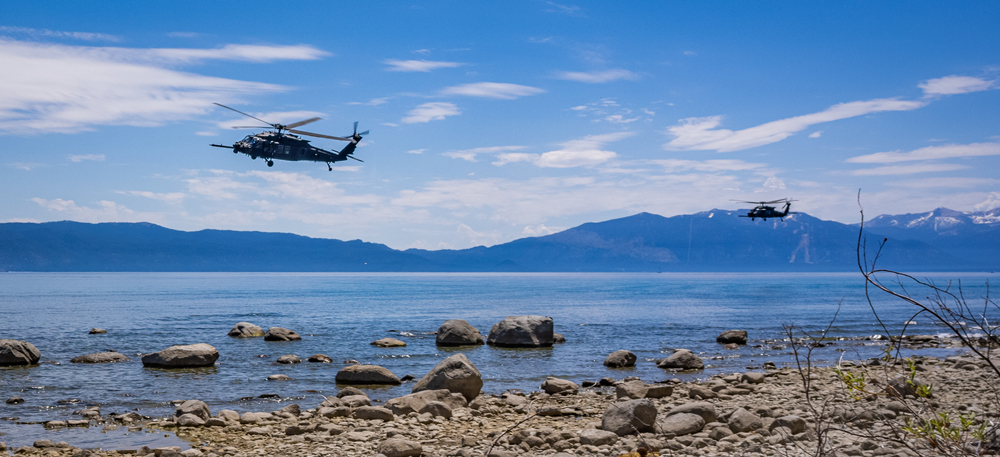
The Black Hawk is known for its impressive speed, capable of reaching speeds up to 183 mph (294 km/h). This high-speed performance allows it to quickly insert and extract troops, conduct rapid reconnaissance, and respond swiftly to emergencies. Speed is a critical factor in many military operations, and the Black Hawk’s ability to move quickly has been a decisive advantage in numerous engagements.
This article originally appeared on MyCarMakesNoise.
More from MyCarMakesNoise
22 American Classic Cars That Stand the Test of Time
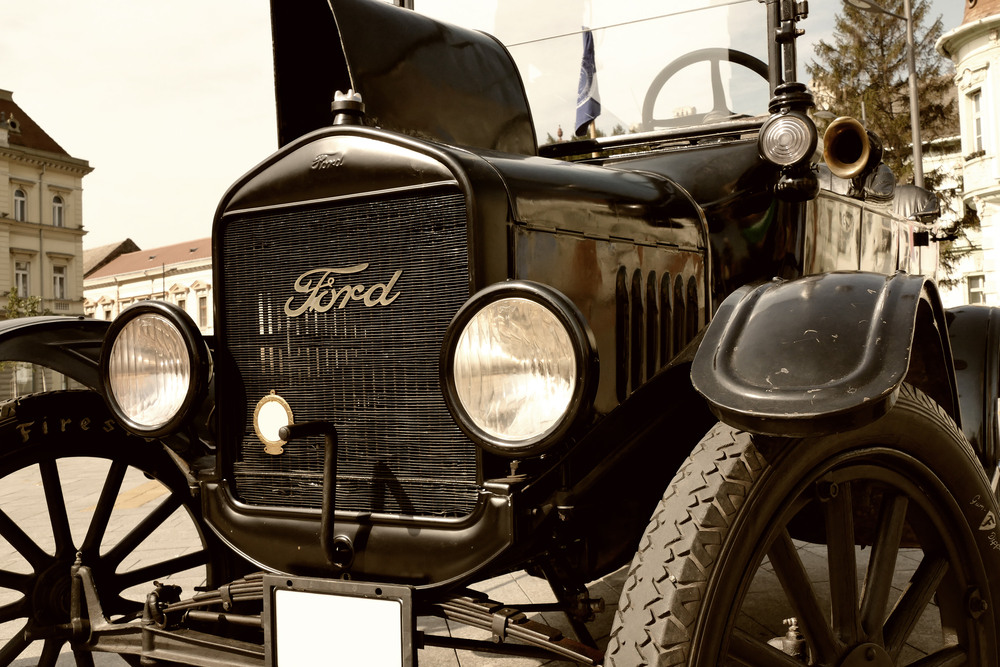
These icons of the road highlight America’s rich automotive heritage, blending power, style, and innovation in ways that continue to influence the industry and car culture today. Read More.
The 15 Most Unattractive Muscle Cars Ever Made
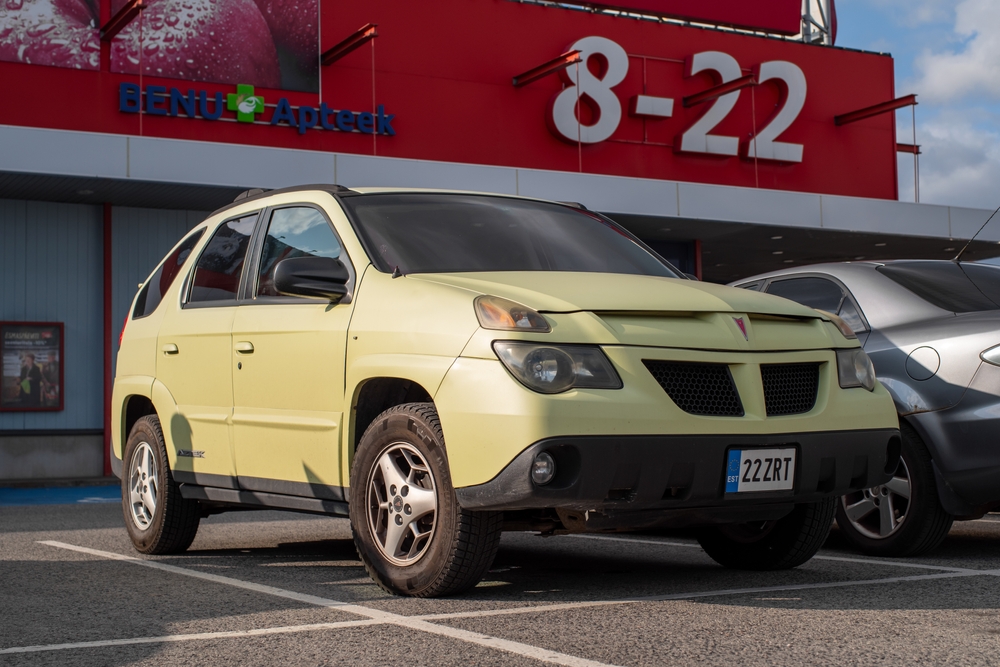
This article explores a selection of these distinctive vehicles, each notable for its unique style that might not resonate with traditional muscle car enthusiasts. Read More.
21 Iconic German Muscle Cars You Need to Know
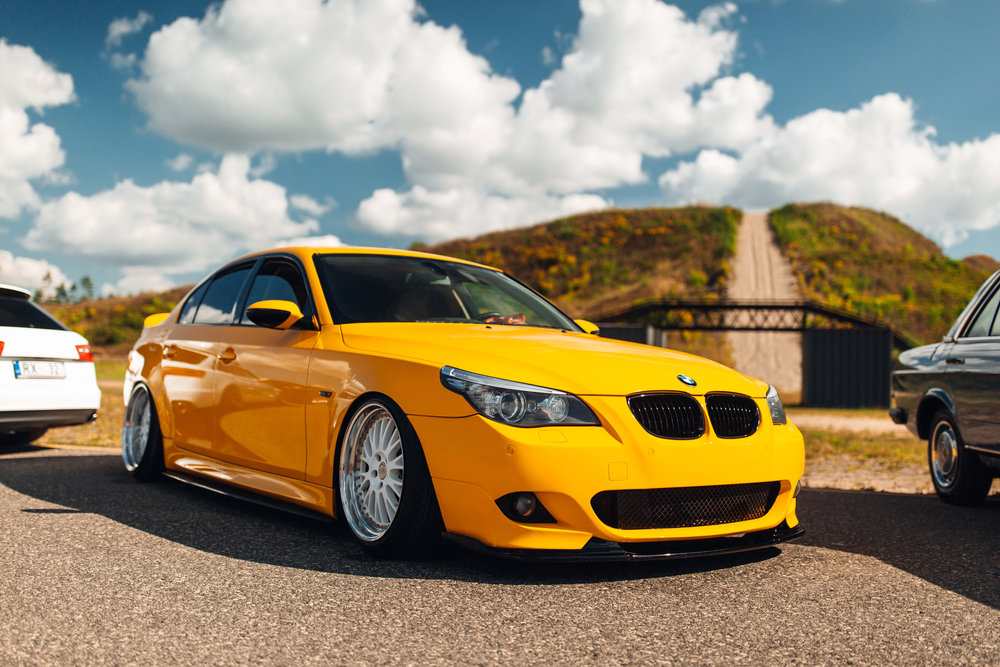
These vehicles stand out for their exceptional performance, innovative design, and significant influence on the automotive landscape. Perfect for car enthusiasts and admirers of cutting-edge engineering, this showcase highlights the best in power, precision, and style. Read More.

